by Shawna Cropas
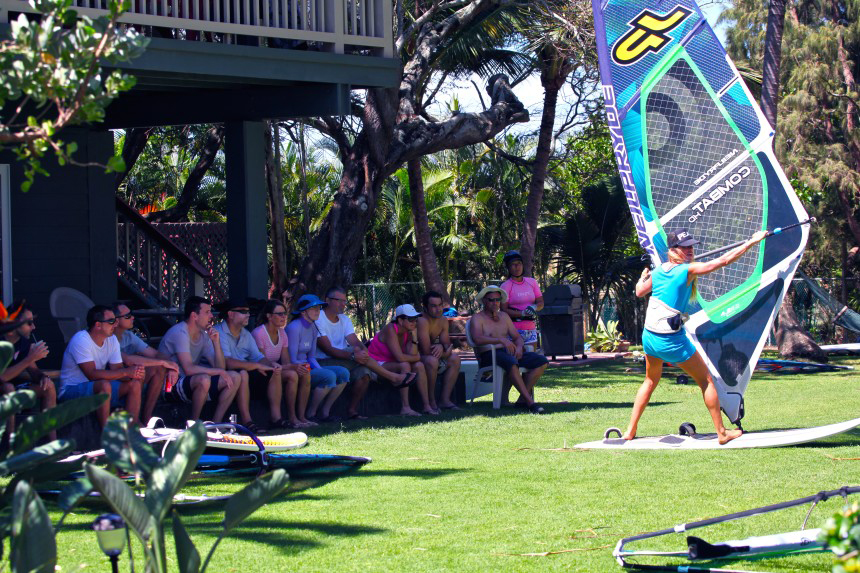
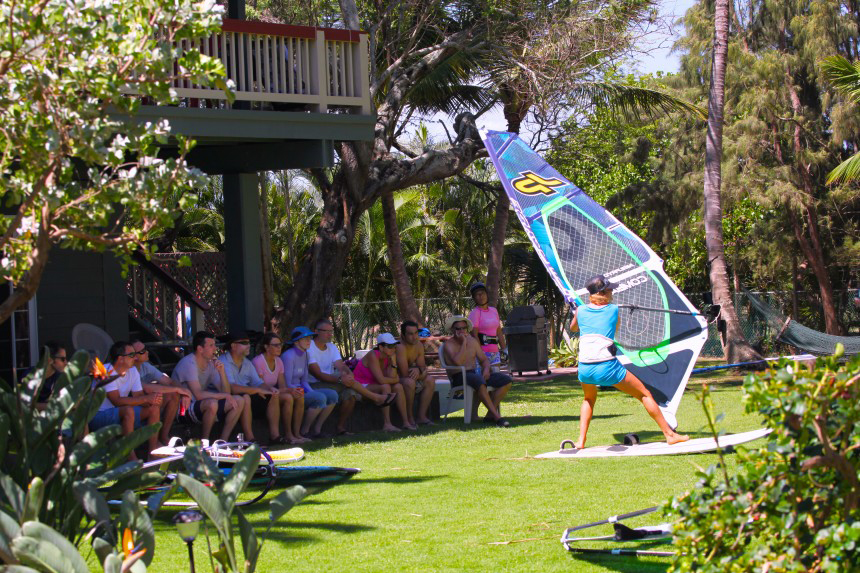
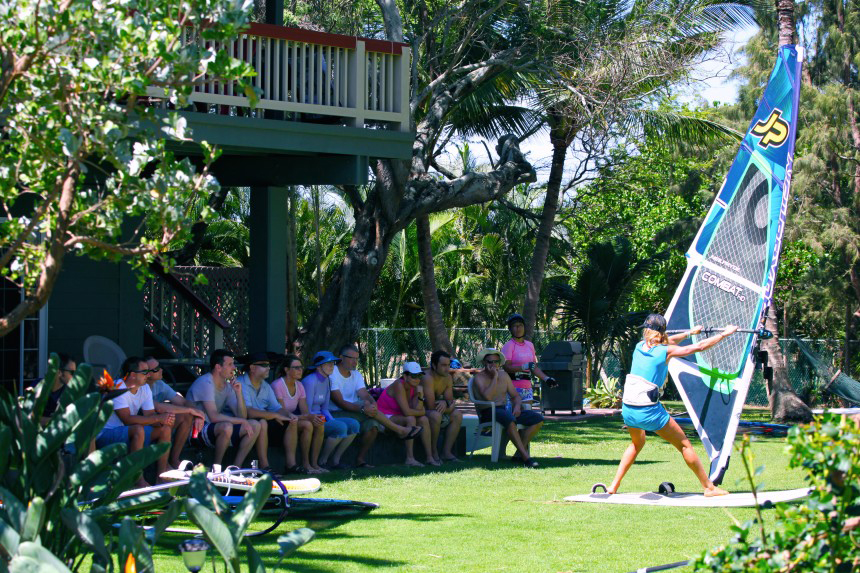
Rescue Stance is the most stabilizing body posture and a ‘core skill’ that we use at many different stages of our windsurfing game. The Rescue Stance is a major contributor to smooth execution, easy take offs from the beach, exact landings of a move and general perfect form in windsurfing. It’s the key to coming out of our jibes planing and remaining in control after a fast tack on a short board is completed. It’s the stance to insure our success in light winds: When we need to make it out to a wind line or just get back to the beach should the winds ever just shut off ( We’ve all been there). It’s the body position we take up the moment we are on the board for the first time after a waterstart in order that we don’t get launched over the front in high winds or fall off backwards in light winds. It’s also useful in light wind wavesailing for slogging and for hovering on the spot while waiting for a desired wave to catch up.
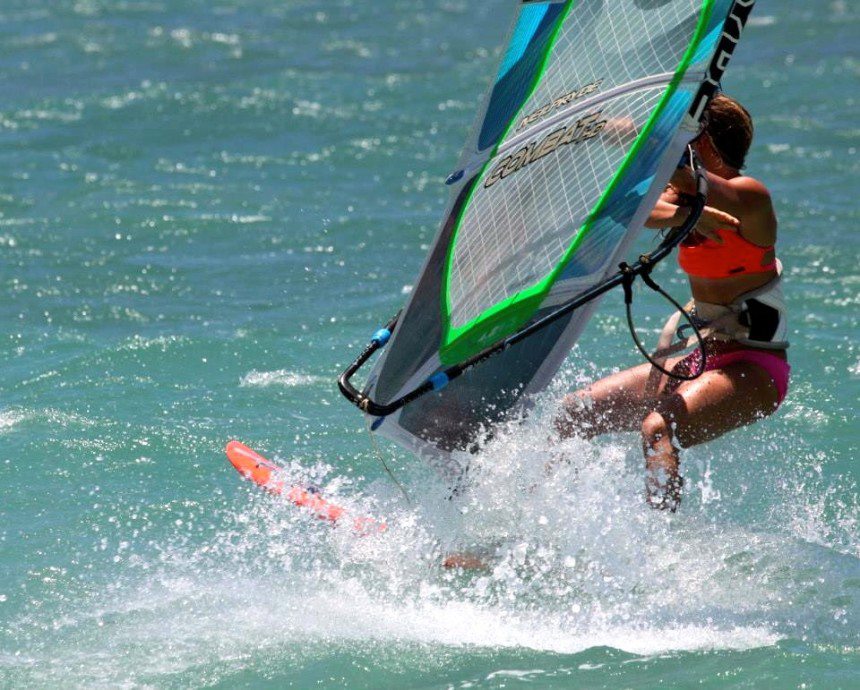
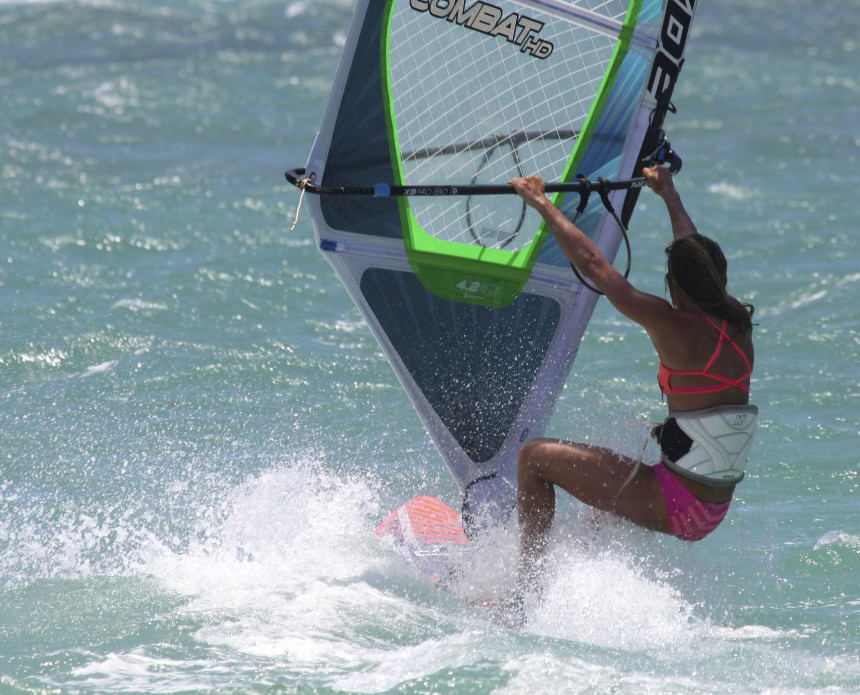
Rescue Stance is used at any moment in the game where we’re are out of the harness and foot straps. Sometimes during a complex freestyle moves, jibes, tacks or simply used to launch off a tricky beach like Ho’okipa where the winds are light, gusty and off shore with a pounding shore break. Rescue Stance is the act of controlling the power of the wind in your sail by counteracting it’s force with the weight of your body. It’s the act of hanging from the boom to load up mast foot pressure rather than pulling in with your arms and killing it. I call it ‘Rescue Stance’ as it pretty much saves all your intended windsurfing goals and moves- And it literally enables you to get back to the beach if your ‘reliable’ wind shuts down completely to just a puff and a prayer. Using this stance at the end of a jibe or a fast tack is the equivalent to the perfect two foot landing of gymnast after a complicated double twist in the air.
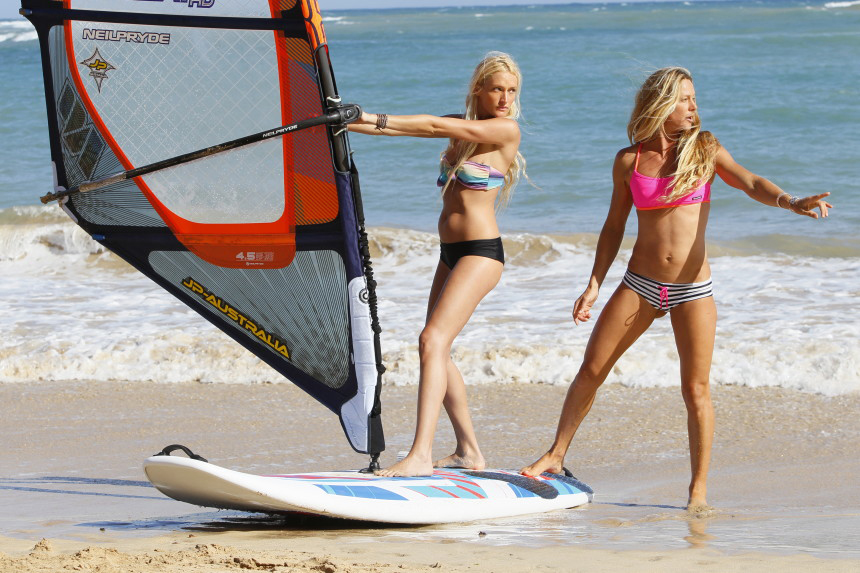
Simply put:
Drop + Hang + Front Foot next to Mast Foot + Look Upwind = Mast Foot Pressure + Stability
Stand up + Yank sail in with arms + Feet close together + Look Down = No Mast Foot Pressure = The ‘Funky Chicken Dance’ before falling in.
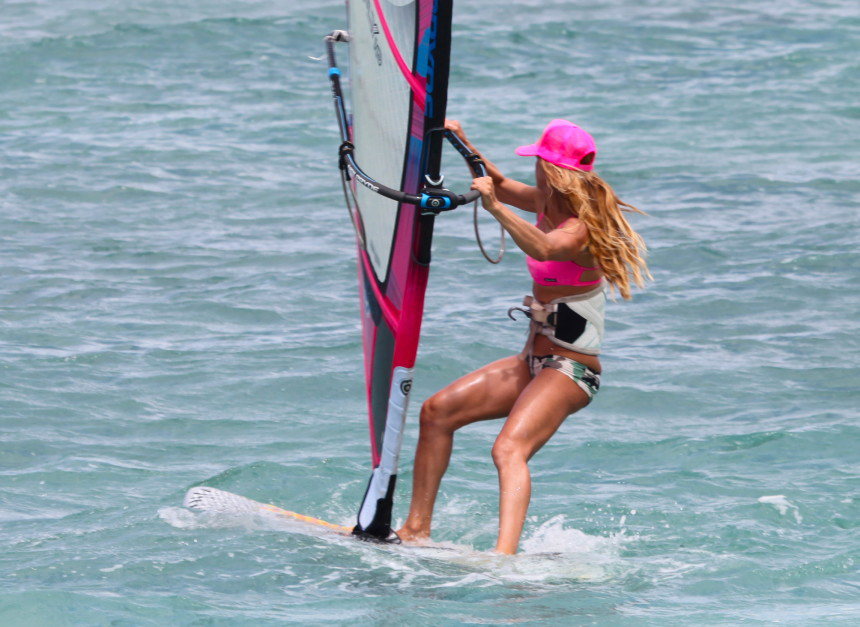
How and Why:
We lose mast foot press whenever we stand up and pull in with our arms. We lose stability when we look down and when our feet are too close together. The front foot should step up to the mast foot (Especially on smaller boards). No muscles in anyones arms have enough power in them to counteract the constant ever changing force of wind. Any time a gust pulls the sail out of your grip you instantly lose mast foot pressure- Mast Foot Pressure (MFP): The force of your body weight channeling via your boom into the mast to keep the nose of the board down. Without MFP your body sinks the tail of the board. When we sink the back of the board the nose usually flies up into wind.
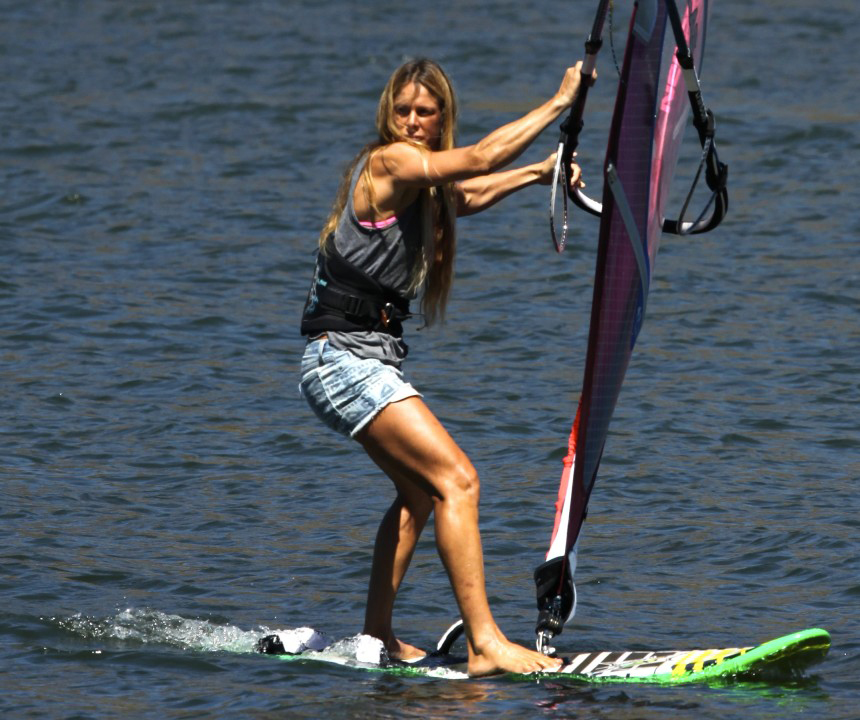
What, Where and When
We use the Rescue Stance during:
Jibes:
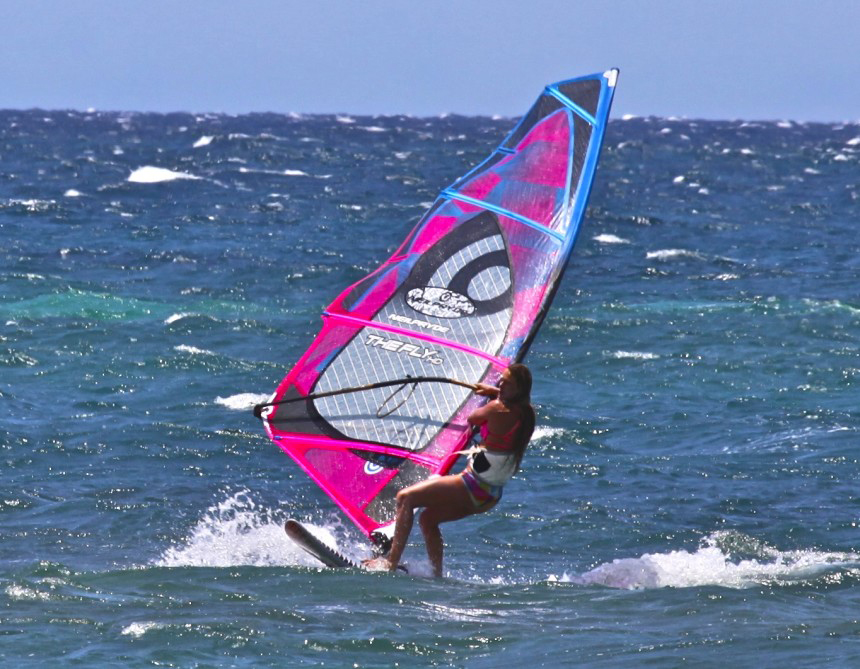
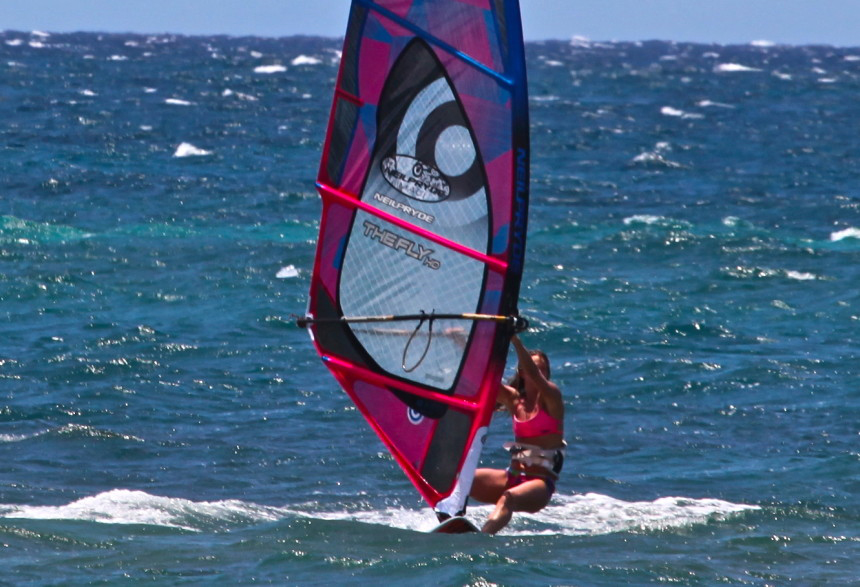
It’s the piece of the puzzle at the end of the jibe that allows us to plane out of our jibes as fast as we went in without getting our hair wet. It’s used at two very specific times during the planing or non planing jibe.
a) Just after we have stepped up to the mast foot and are beginning to let go of our sail to let it flip.
DO

DON’T- pull in on the arms and stand up!
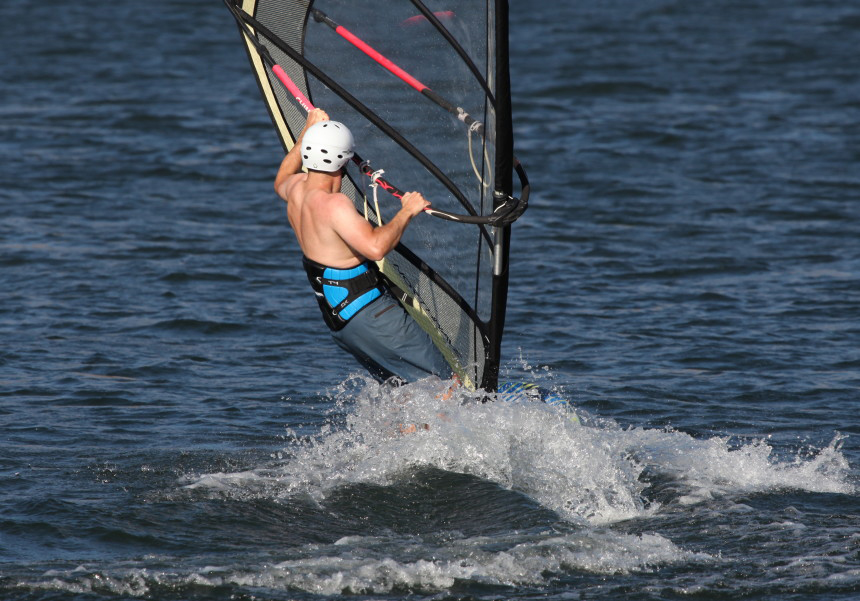
b) When we are catching our sails on the new side just after it has flipped. Our front foot is next to the mast foot, our weight is low, feet wide apart, front foot pushing the nose of the board down wind. Just hanging from the boom-
DO
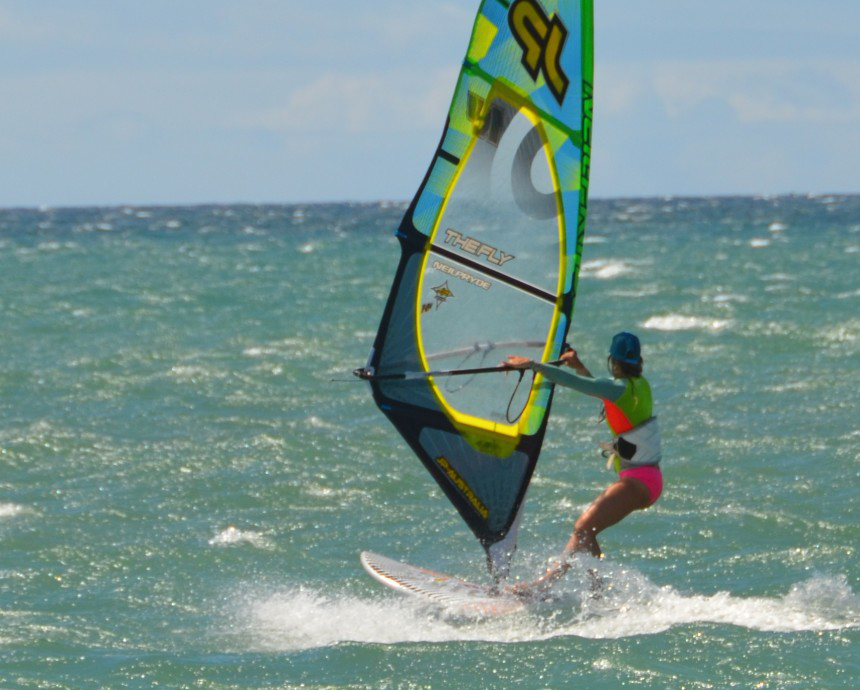
DON’T pull in with your arms! Kills MPF- How frustrating is it to cruise through a jibe and then fling yourself off just at the end with a hard yank on the back hand?
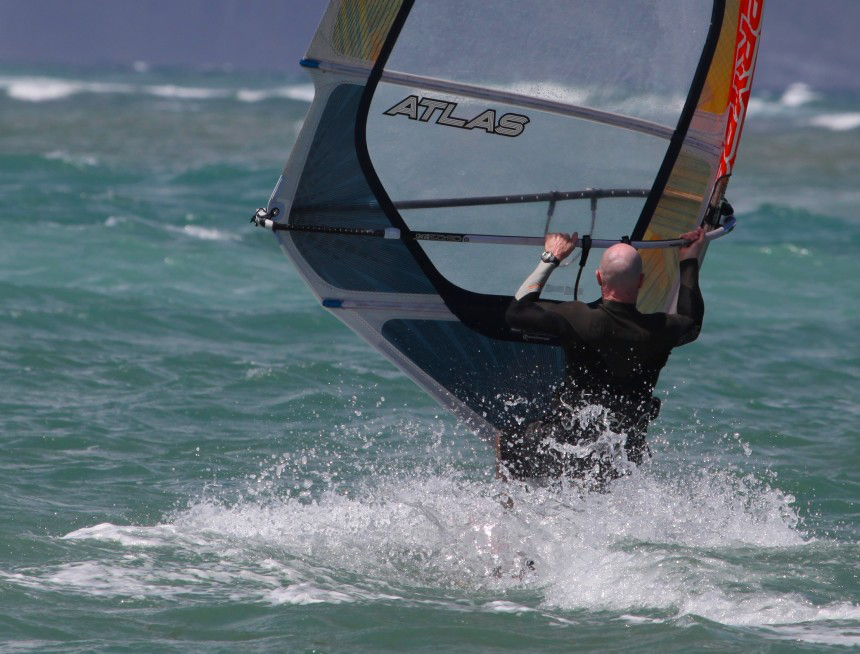
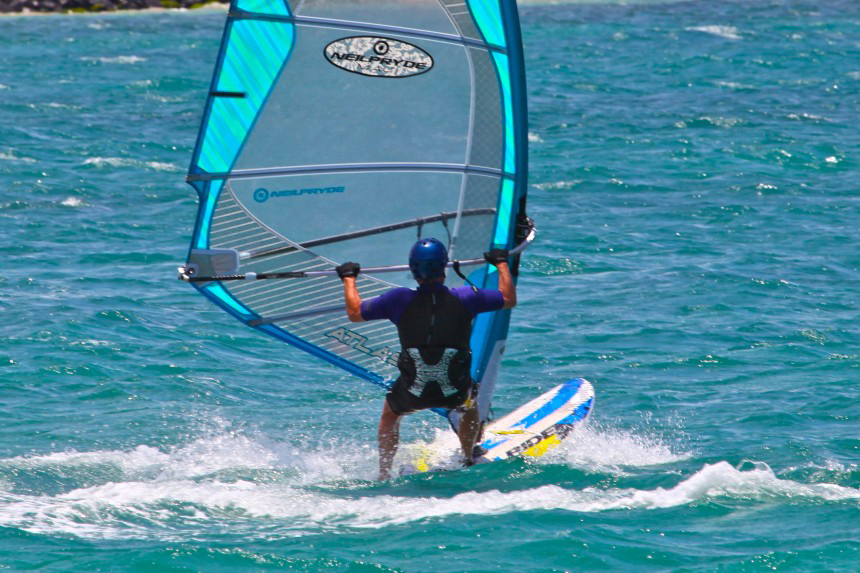
Tacks:
Rescue stance is used at the end of the tack when we have already jumped around the front of the board to the new side. Hopefully our front foot is near the mast foot. We are hanging, guiding the board off the wind with the ball of our front foot while pulling the back of the board with our back foot. Hang and look upwind until you are sailing away comfortably in the new direction.
DO
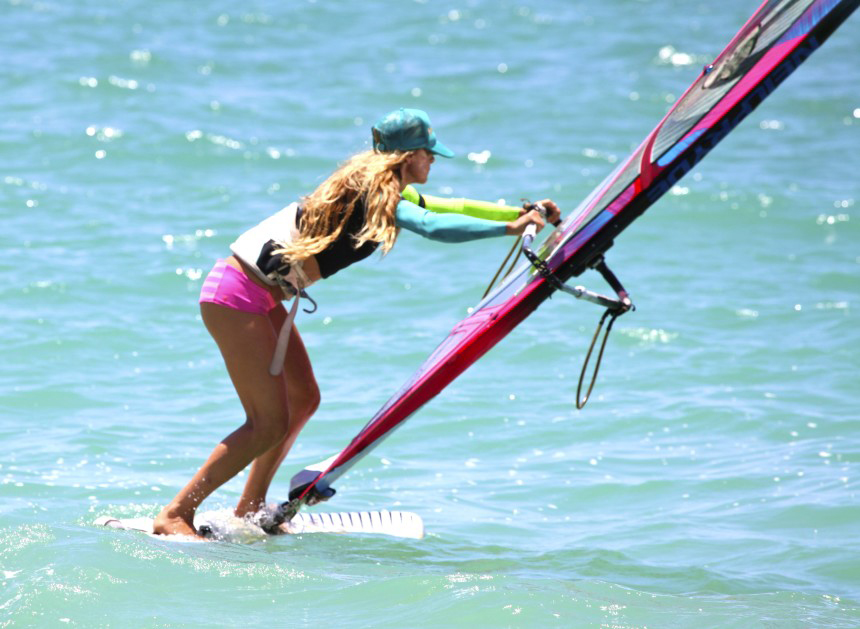
DON’T pull hard with the back hand. Kills MFP.
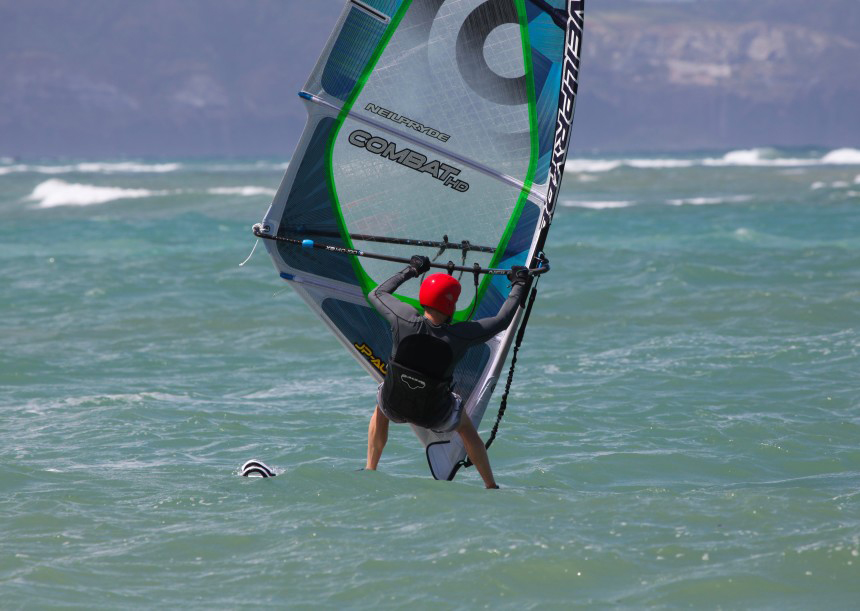
Water Starts:
There is nothing that brings us closer to tears than swimming all our equipment around, getting our board and sail lined up correctly to the wind and finally getting enough wind to pick us up out of the water and thinking ‘YES’ as we get up on the board… Only for us to stand too upright, pull the sail in with our arms (killing MFP), sinking the back of the board and falling right back in! In a high wind situations the yank of the back hand would fling us over the front of the sail.
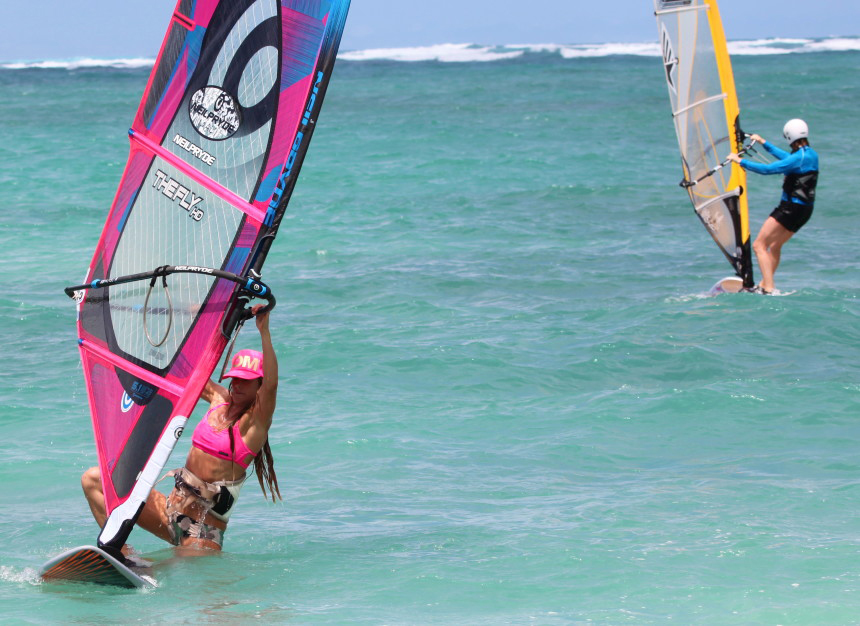
Let’s give all your efforts the chance of a successful waterstart. Once the sail has picked us up, let’s make sure your front foot makes it all the way up to the mast foot. Don’t pull in with your arms, just hang and look upwind until we have found our stability- Then adjust your stance accordingly. Ie: Stay low in high winds and sail a little more upright in lighter winds.
DO
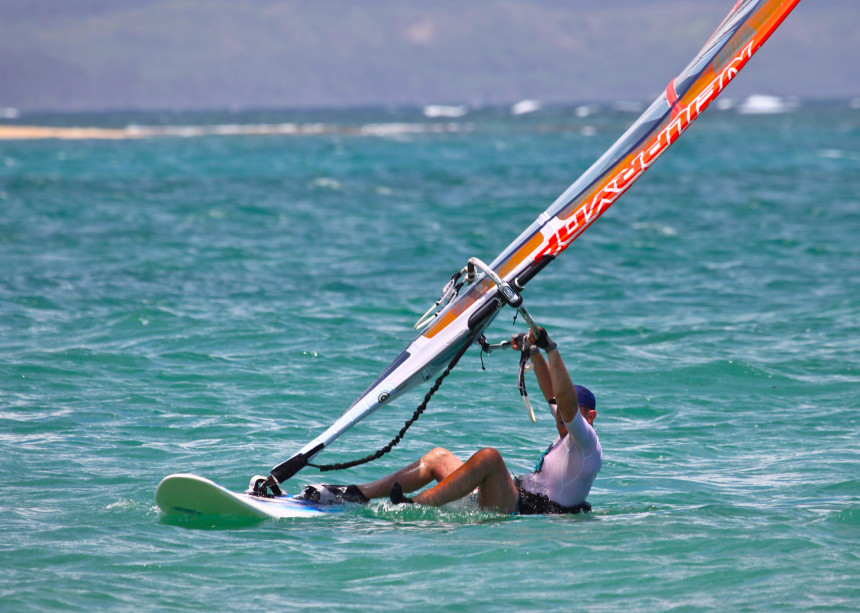
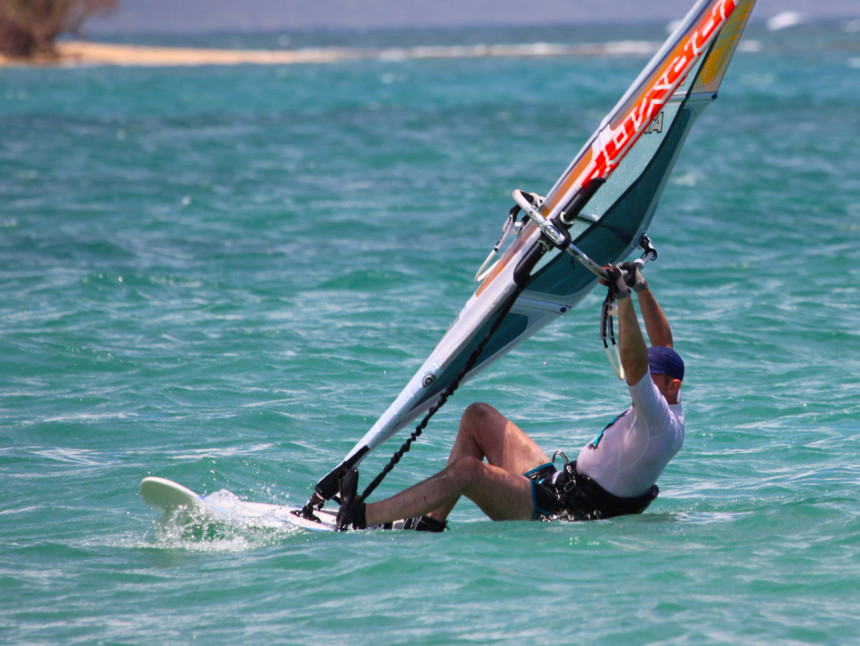
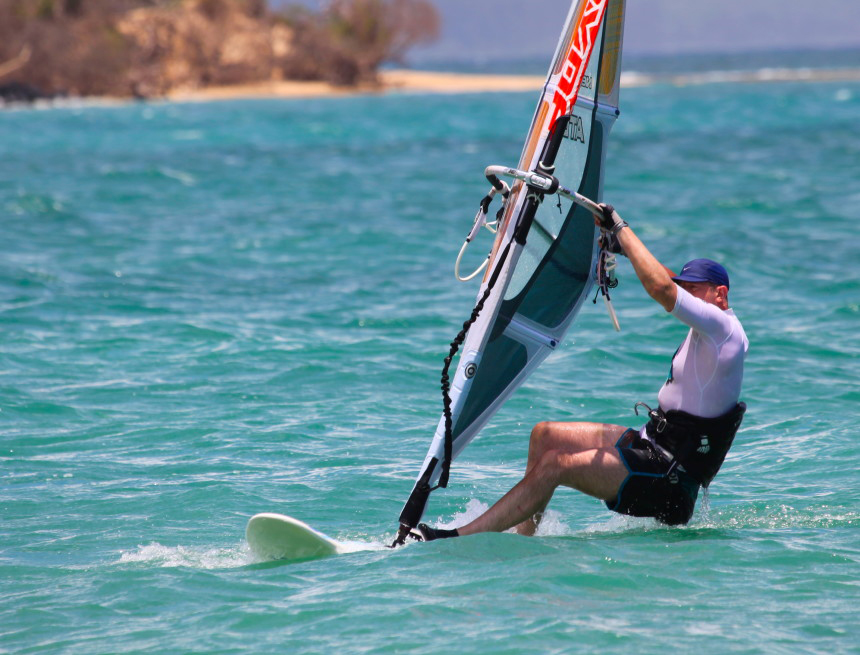
DO
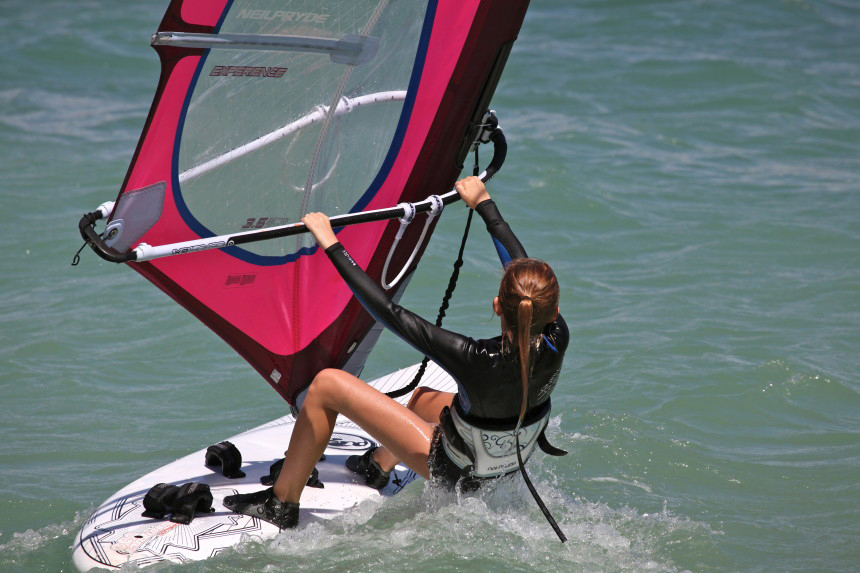
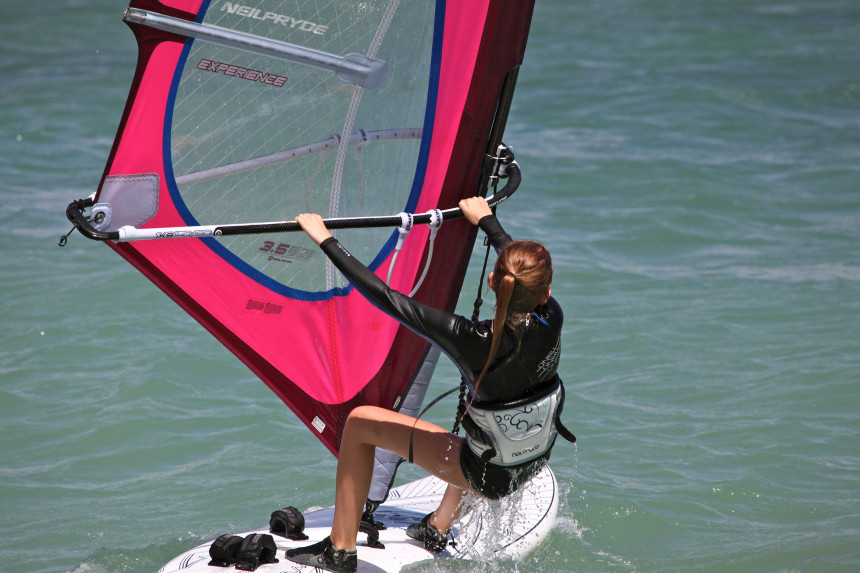
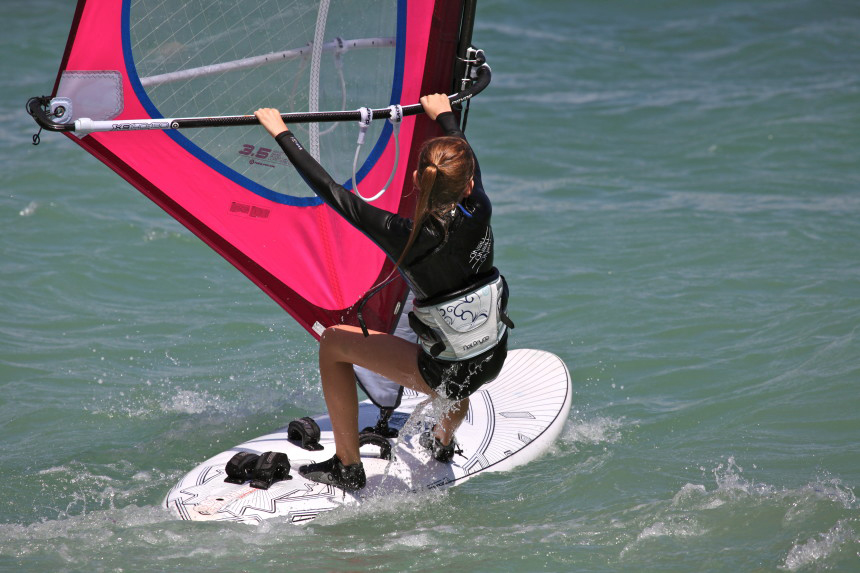
DON’T
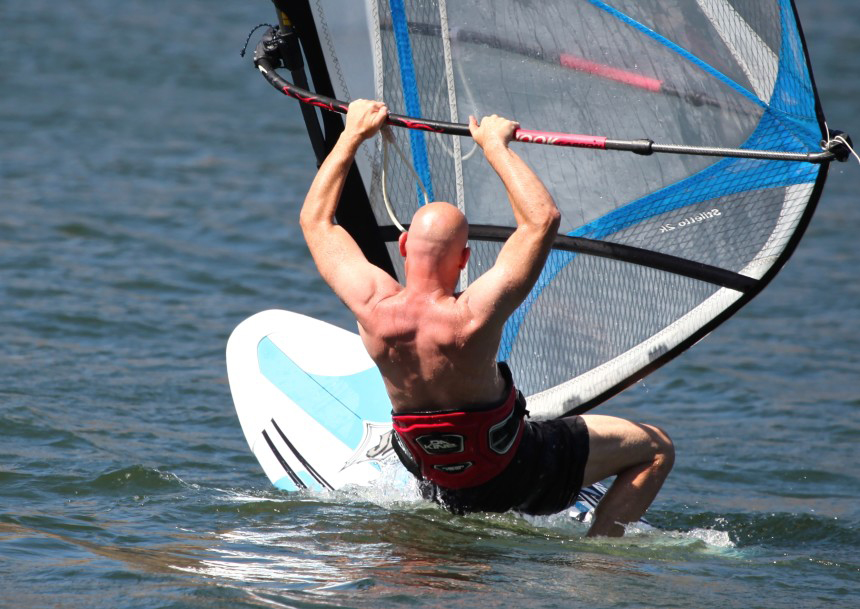
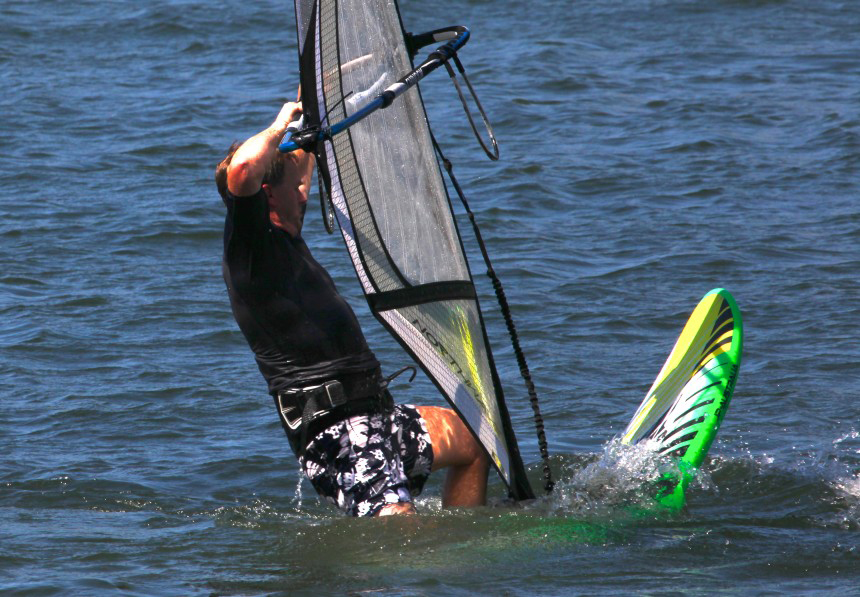
Beach Starts:
Always leave the beach with back foot in correct position on the center line between the front and back footstraps and the front foot steps all the way up to the mast foot. Hang until you have gauged the wind directions and strengths correctly and change stance accordingly. Ie: Drop weight more in higher winds and stand up more in lighter winds. Look upwind for general wind awareness. Light wind take off’s are more difficult than high wind. Must never pull the sail in with your arms!!!!
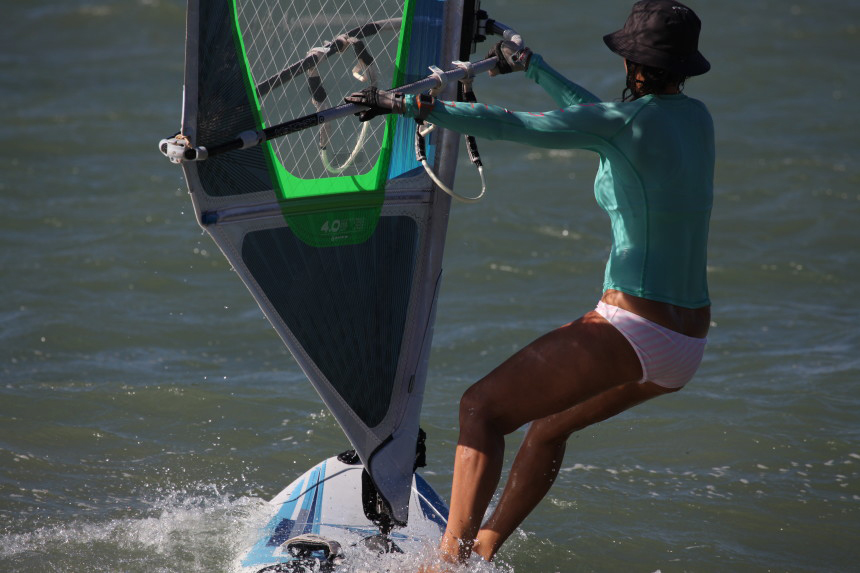
The key to extremely light wind take offs from the beach is to step up with your front foot slightly ahead of the mast foot on the nose side of the board and the back foot goes slightly more forward too- Readjust footwork when you reach the wind line or if the wind picks up.
DO
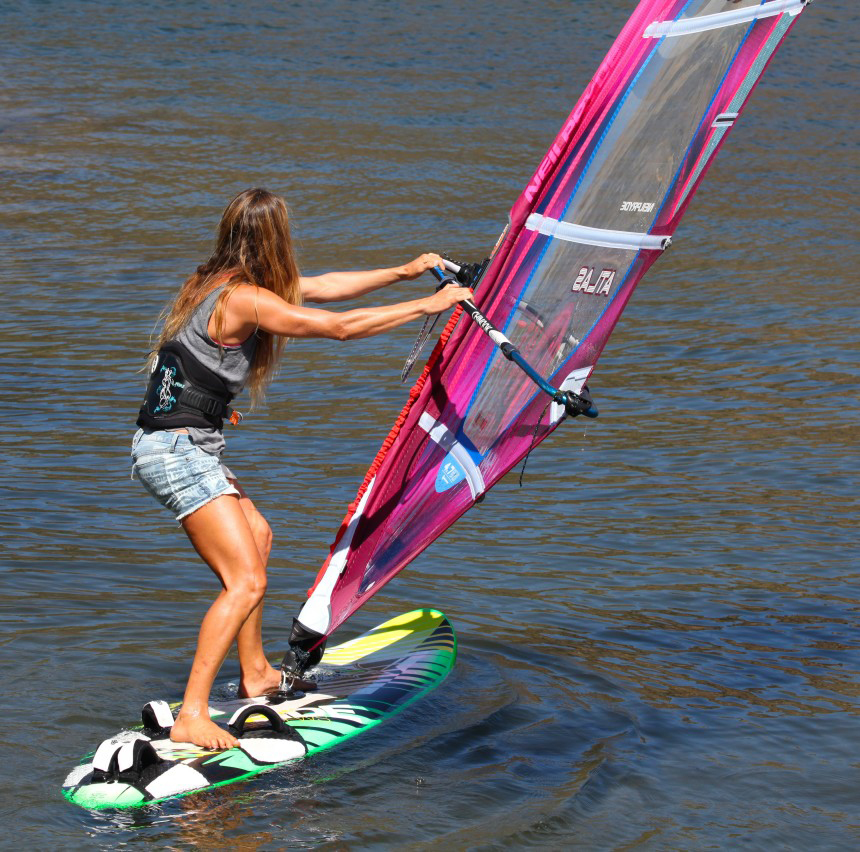
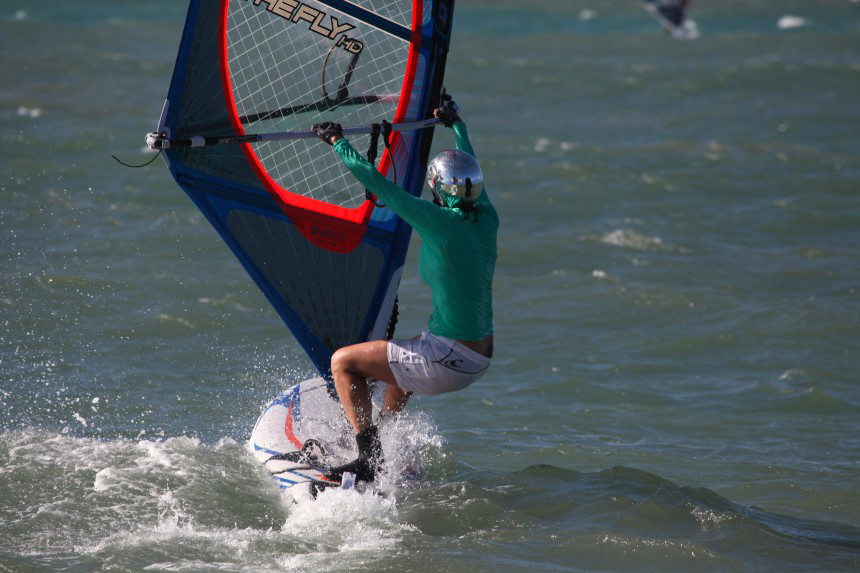
DON’T
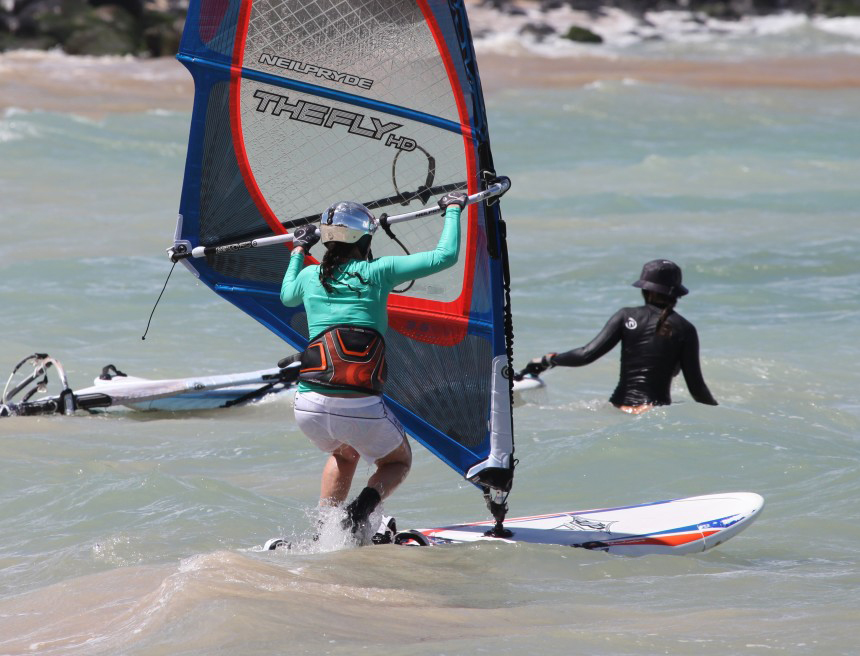
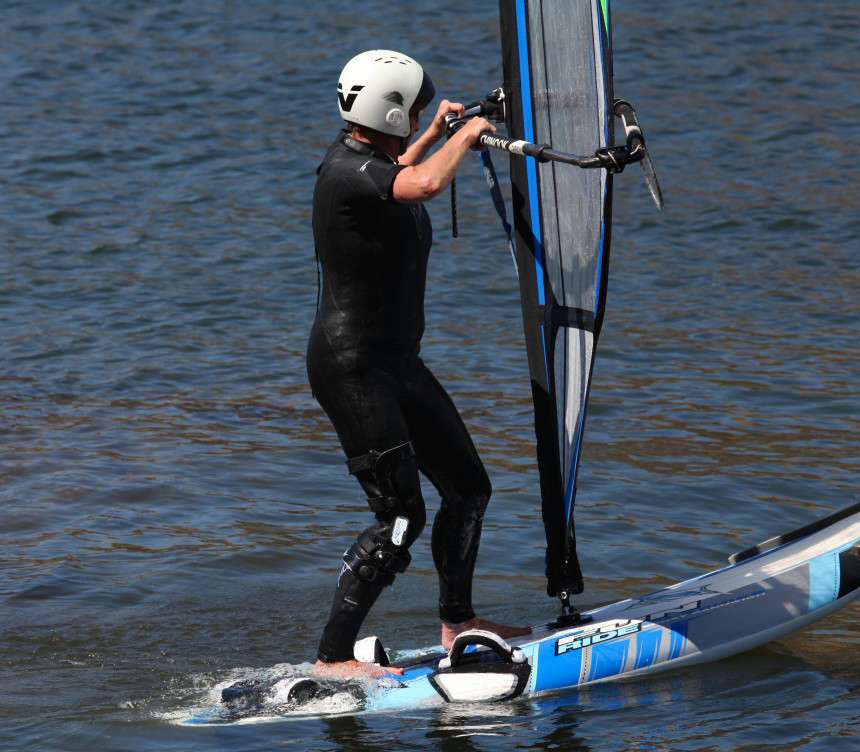
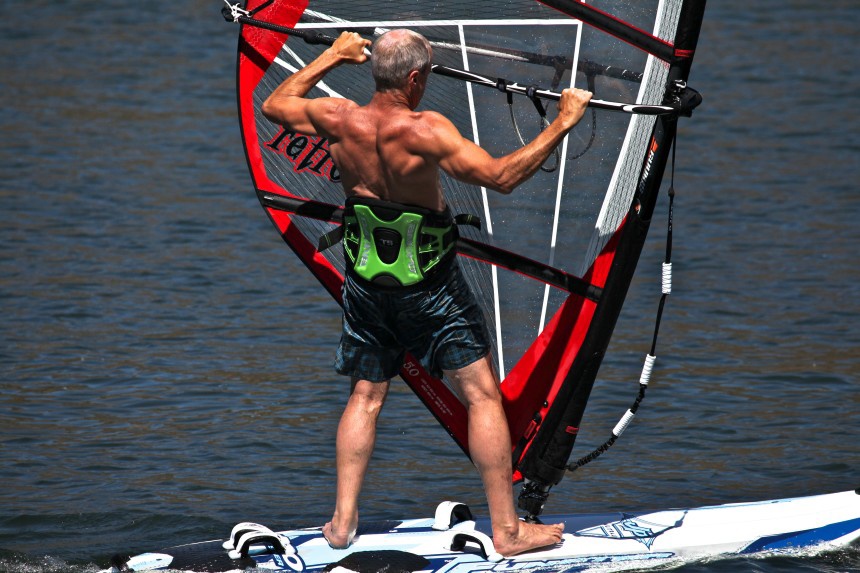
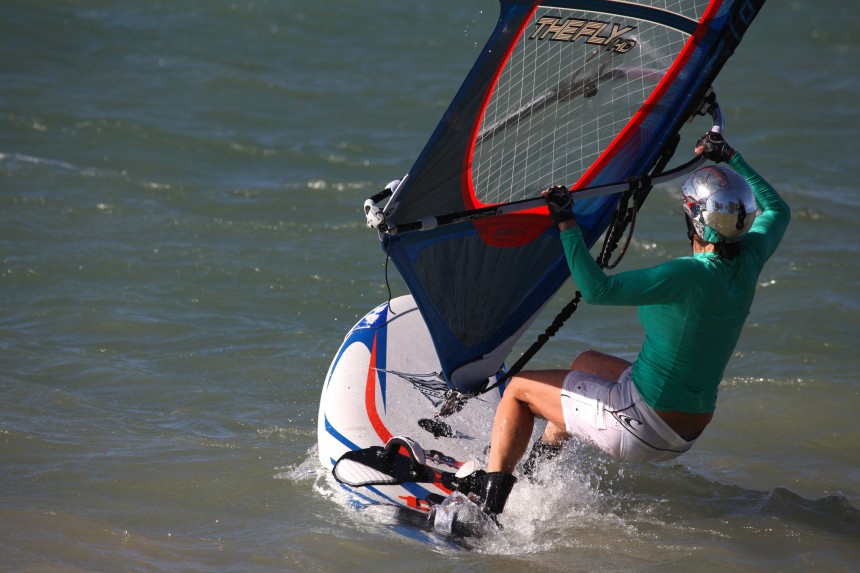
Slogging and Hovering:
Hovering might be my favorite light wind thing. I love looking behind me and watching my chosen wave get closer to me as I push the back of my board so up wind that I stay in a stalled position long enough for the wave to catch up with me. I adjust my foot presses minutely. Like the feeling of balancing a nonmoving bike. Front foot in front of mast foot- adjusting pressure of each foot slightly and constantly. Keep sail upright and away from you.
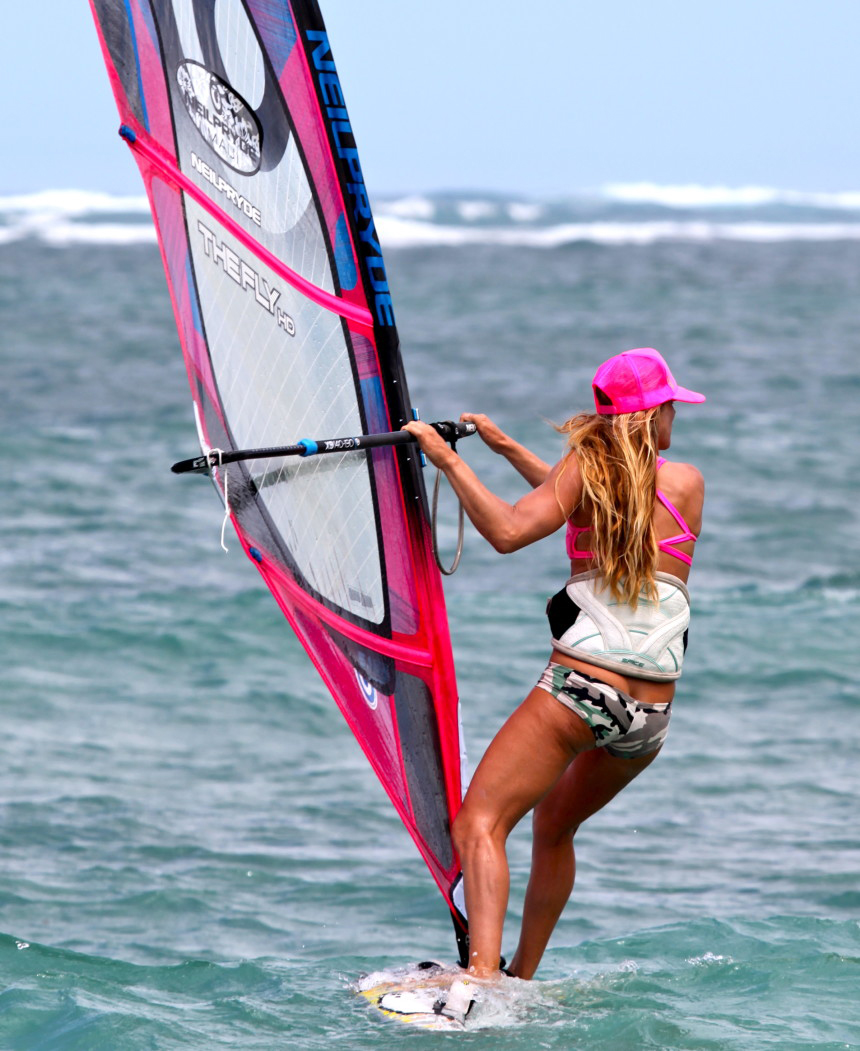
When When slogging in super light winds on a short board. Front foot must go up to the mast foot. (Front foot goes in front of mast foot on the nose side of the board in crazy light winds.) Look upwind for balance and wind awareness. Keep the sail away from you. Hang if you need to- Chill out hard. Zen into a meditative headspace and enjoy the world moving by at a slower pace. You will eventually hit the wind line or reach the shore.
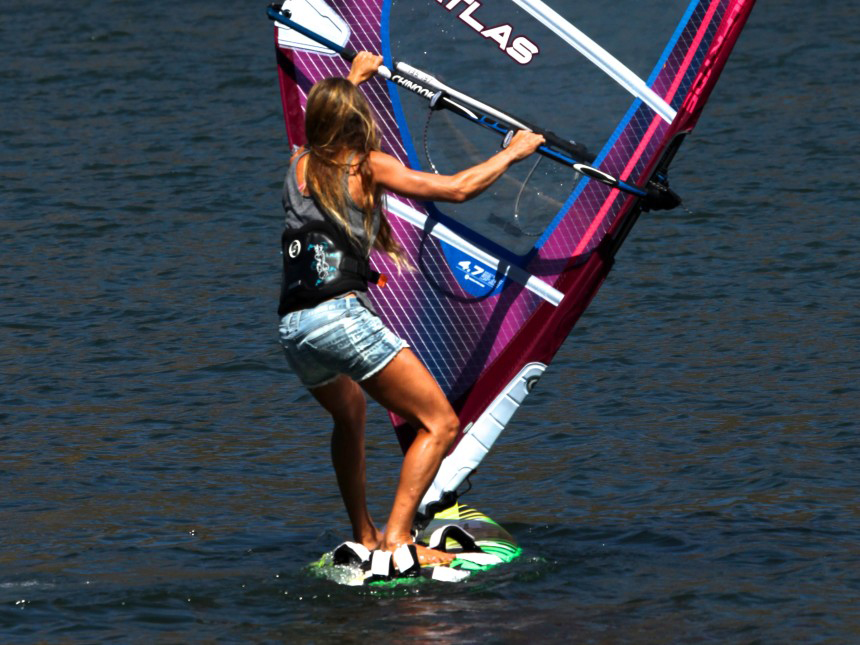
DO
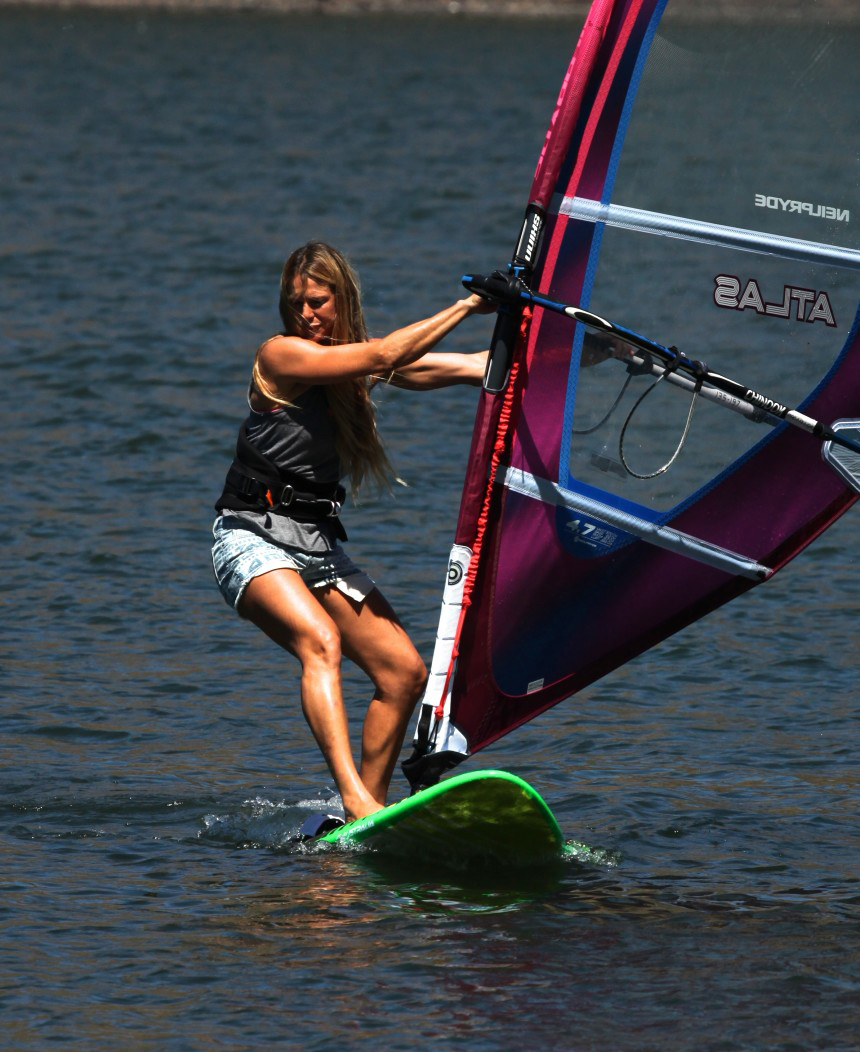
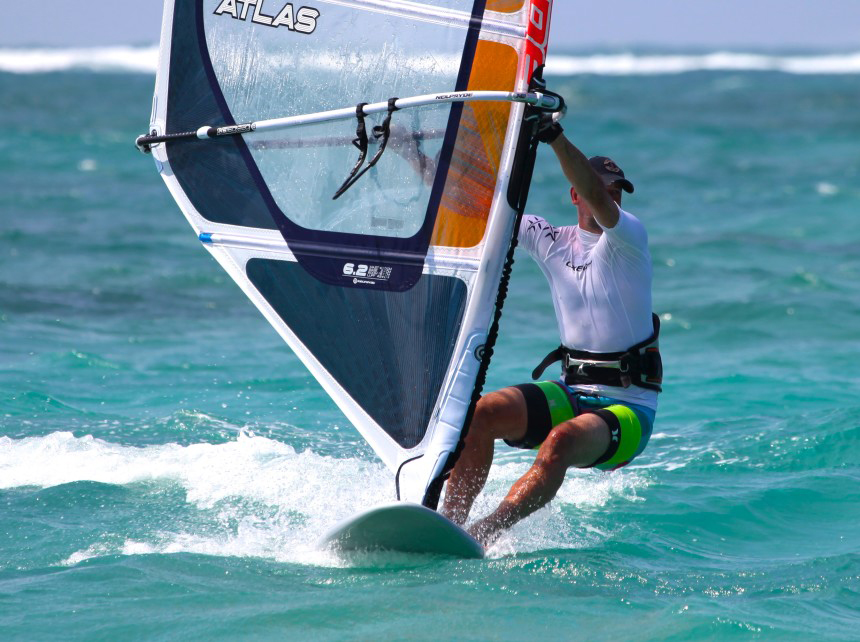
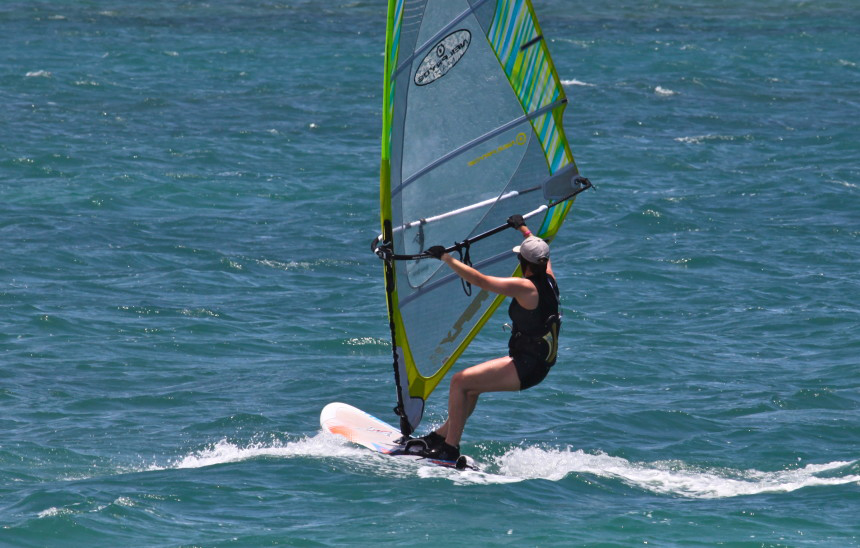
DON’T
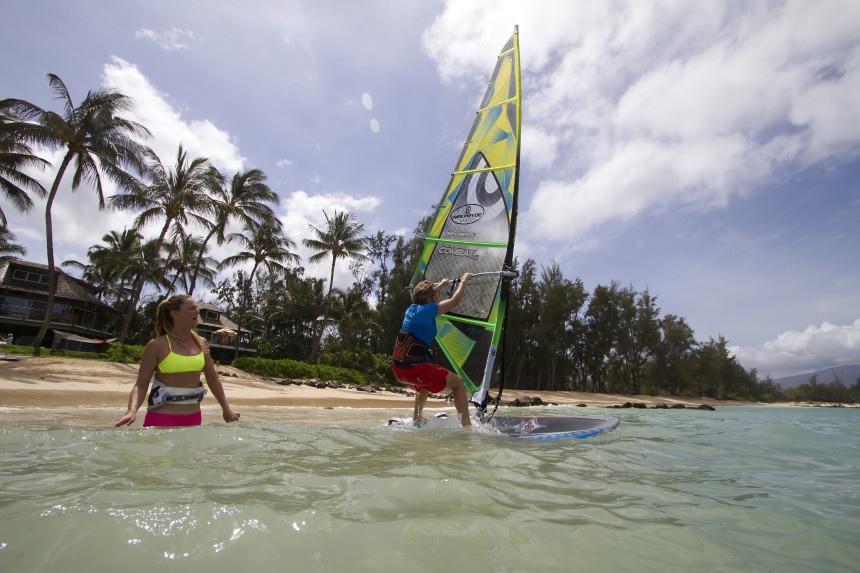
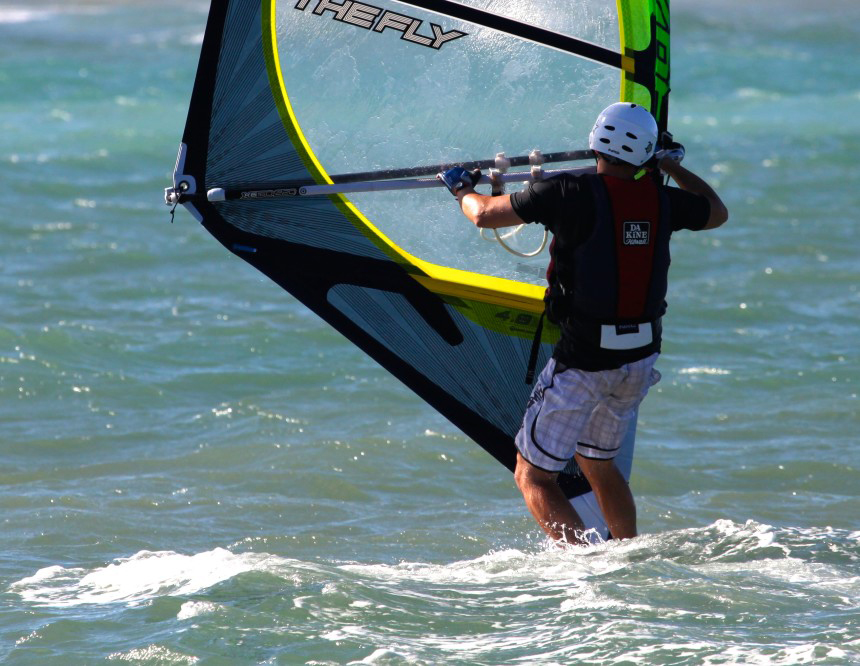
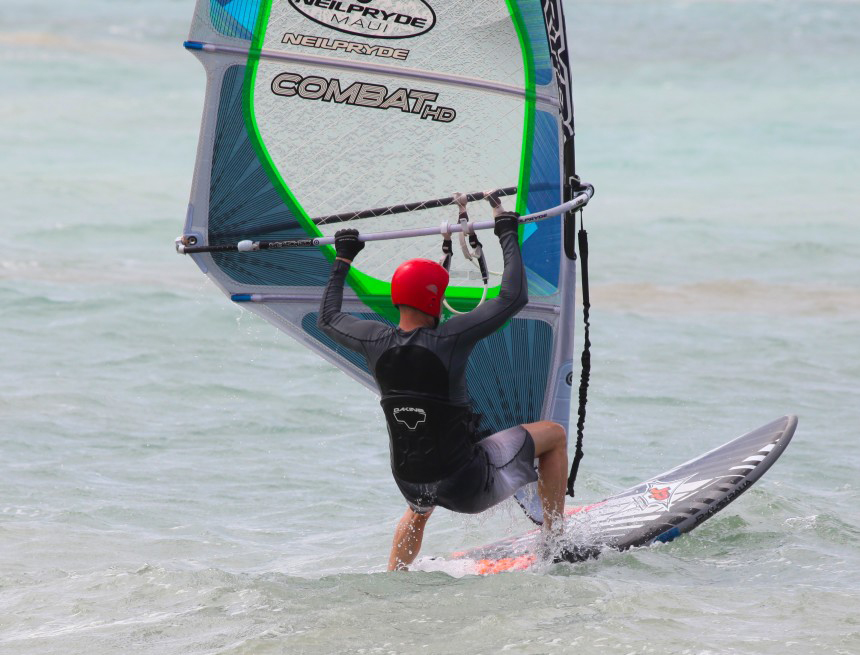
Have fun on the water and enjoy the process.
ALOHA

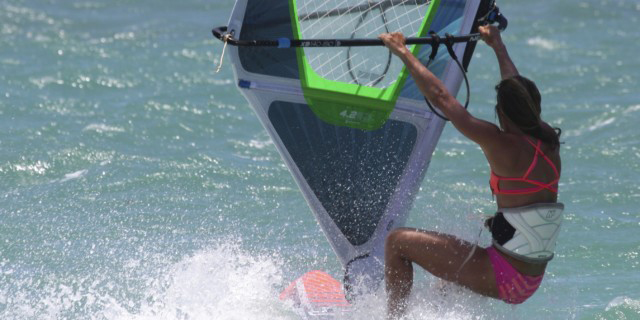


No comments.